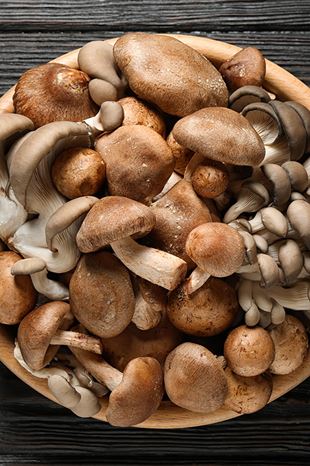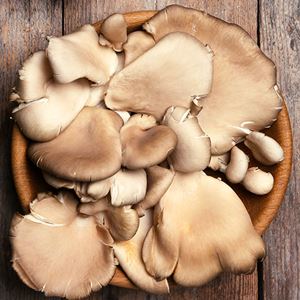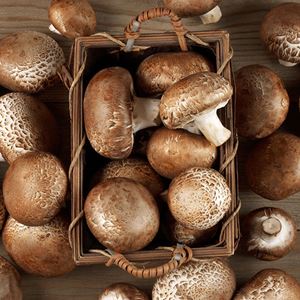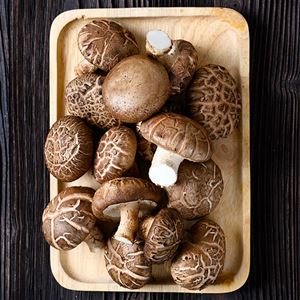Time to dive in and face the fungi and learn about all of the amazing benefits and nutrients!
Mushroom Insight:
Packed with beneficial nutrients such as vitamins B and D, mushrooms absorb the ingredients around them for dishes that are full of flavor and texture. These powerhouse immune-boosters are known for their “umami,” a name for a savory taste that is meaty and broth-like. Here are tips on how to choose, store and prepare mushrooms, as well as a guide on three varieties to make a part of your everyday meals.
Selection and Storage:
Choose mushrooms with a firm, smooth texture; avoid any with bruises or a shriveled appearance. The gills underneath the caps should be tight; gills will open as mushrooms age. Also, make sure the stems are firm and uniform in color. Store mushrooms in a paper bag up to one week in the refrigerator.

Preparation Tips:
Don’t rinse mushrooms – once they are wet, it’s nearly impossible to get them completely dry, which is necessary for that crispy, golden texture you desire. Instead, wipe mushrooms with a slightly damp paper towel. Mushrooms are most commonly sautéed but can also be roasted, baked, grilled, stewed, and broiled.
Oyster:
Velvety in texture and mild in flavor, oyster mushrooms cook quickly, making them a natural addition to stirfries and soups. Sauté in teriyaki sauce and serve with grilled fish or meat, or dip them in egg, coat with flour and fry for crispy tempura.


Cremini:
Cremini mushrooms are often found in the produce section with the name “baby bellas.” Their rich flavor makes them a great addition to an omelet, quiche, or pasta dish. For a baked appetizer, stuff the caps with a blend of cheese, breadcrumbs and fresh herbs.
Shiitake:
Smoky, meaty shiitakes are a highlight in Asian dishes. Stir-fry them with garlic, ginger, and spicy chile peppers, and add chicken or shrimp and rice for a complete meal. Save the stems to flavor stocks and sauces.







